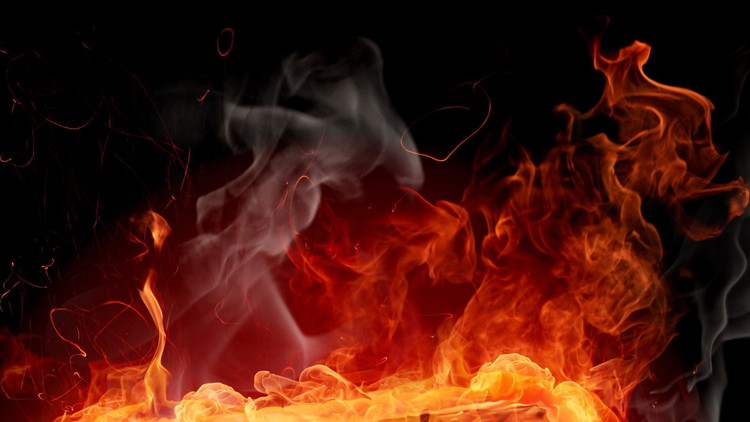
Designing Combustion Systems for Solid, Liquid, and Gaseous Fuels with Flue Gas Emissions Analysis
What you will learn
Understanding the importance of air and its proper ratio for efficient combustion.
Exploring design factors influencing combustion system performance.
Exploring coal preparation and burner configuration optimization for efficient combustion.
Evaluating criteria for selecting the right solid fuel type based on specific applications for different combustion systems.
Examining various combustion systems designed for solid fuels, considering factors essential for their effective operation.
Studying the dynamics of solid fuel bed combustion and the factors that impact its efficiency.
Investigating pulverized fuel combustion, its advantages, and limitations, to gain a comprehensive understanding.
Learning about fluidized bed combustion technology and its benefits, while addressing potential drawbacks.
Exploring atomization techniques, burner types, and ignition systems used for liquid fuels.
Understanding combustion mechanisms for liquid fuels and recognizing different flame properties.
Examining combustion characteristics, flame types, and flame propagation of gaseous fuels.
Analyzing various types of burners designed specifically for gaseous fuels.
Description
This course delves into the intricate processes and design considerations involved in combustion, a cornerstone of energy production across various industries. From solid to liquid and gaseous fuels, students will explore the complexities of combustion systems, gaining invaluable insights into optimizing efficiency and minimizing environmental impact.
The importance of air in the combustion process is emphasized, alongside the crucial factors influencing combustion system design. Solid fuels are studied in depth, covering combustion systems ranging from smith shop furnaces to small-scale boilers. Students will learn the mechanics of solid fuel bed combustion, including fuel selection and preparation, as well as the merits and limitations of pulverized fuel combustion.
In the realm of liquid fuels, the course delves into atomization techniques, burner types, and ignition systems, ensuring students grasp the nuances of combustion mechanisms and flame properties. The distinction between complete and incomplete combustion is highlighted, emphasizing the importance of efficiency and emissions control.
Gaseous fuels are also explored, with a focus on combustion behavior and flame propagation. Various burner types used for gaseous fuels are analyzed, providing students with a comprehensive understanding of combustion systems across different fuel types.
Throughout the course, practical applications in power generation and environmental sustainability are underscored. Students will emerge equipped with the knowledge and skills necessary to tackle real-world challenges in engineering, environmental science, and related fields, making meaningful contributions to energy efficiency and environmental stewardship.
Content